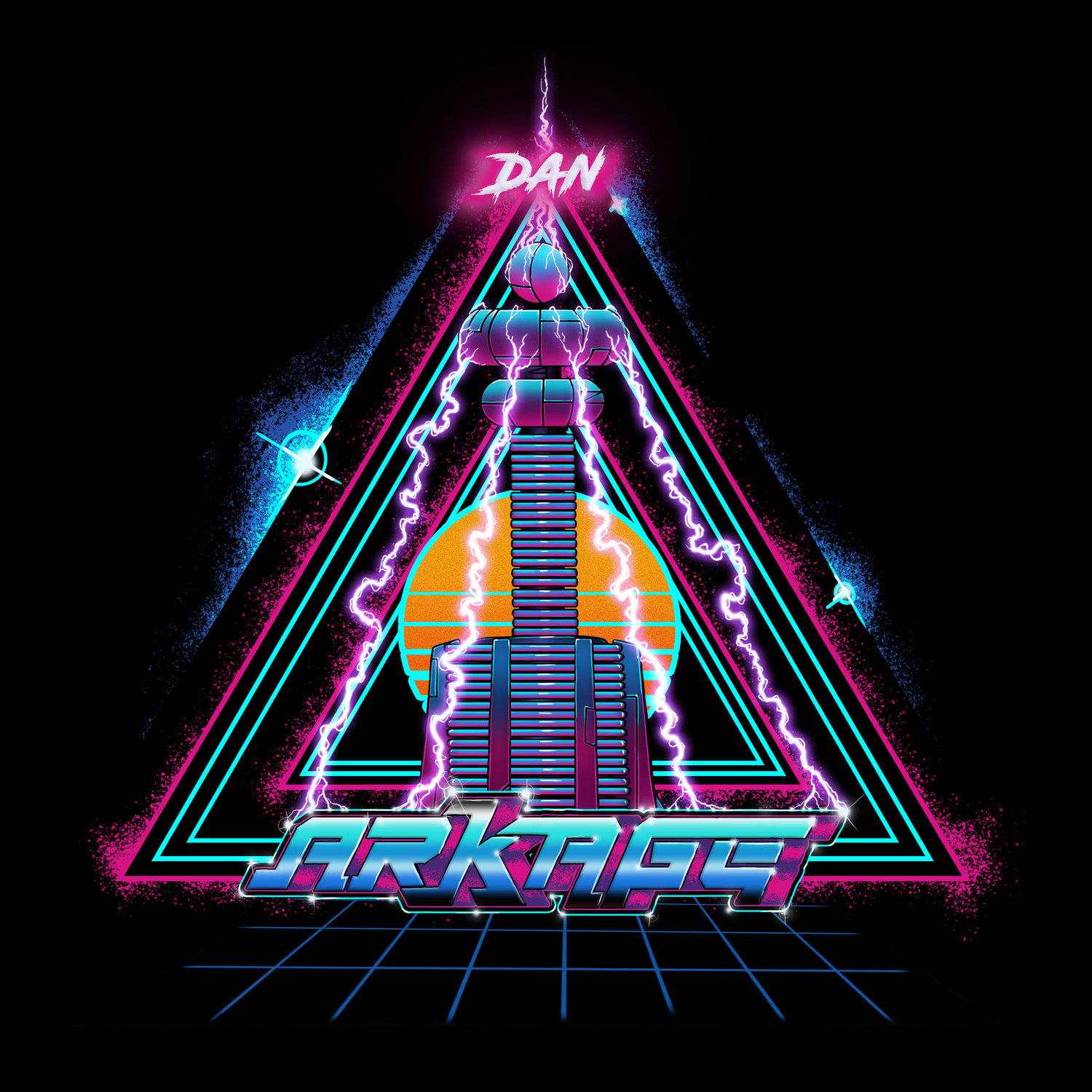For a certain generation, Tetris is the quintessential video game. It is a game that has contributed to not only hours upon hours of precious time lost with its ‘just one more go’ mentality, but also the resounding success of gaming hardware. It is the most successful single video game of all time and rightly so, its depth hidden behind its relative simplicity.
There have been two attempts to update this all time classic for the modern age in the last few months. Both are twists on the formula, with Tetris Effect blending music, VR and classic gameplay into one stunning whole and the other giving an altogether different experience.
Over the last two years, what has been the major trending in gaming? Yep, battle royale, and that is exactly what Tetris 99 is. No, I didn’t mistype. This is a online vs Tetris game where 100 players compete to be the last...tetromino standing? I think that's the way to put it. It’s free, it was a surprise on launch straight after a Nintendo Direct, and it is bloody good to boot.
On the surface, it is a straight game of Tetris like you have always known. Different shaped blocks drop from the top of your screen and you must place them at the bottom to complete lines which then disappear. However, surrounding your play space are 99 other, tiny play spaces. These are the other players in the match, and you must defeat them in order to win.
How do you do that? Well, play Tetris, obviously. You can use either the touch screen in portable mode or the right thumbstick in docked mode to target other players, and when on the attack, any lines that you clear from your space sends rubbish to theirs and vicea versa. Get your opponents play space to fill up and they are knocked out, simple.
Except its not, good Tetris play is key and if you aren’t playing well you will quickly be overwhelmed and out of the match. Add to this the fact that the game speeds up at certain milestones and it means that you have to be on your toes at all times, tracking more than you would in a single player version of the game.
It’s really neat. It gets the blood pumping at the higher levels and rewards good play, though problems inherent to online competitive games are present here as well. It is certainly possible to be knocked out very quickly in the early stages of the game, especially if being targeted by multiple opponents. It can be mitigated by completing lines as the rubbish that accumulates is then cleared to give you breathing room, but it is the equivalent of spawning then getting killed in Call of Duty.
Teaming seems to be a thing as well, though that might just be how the targeting system pans out when using the right stick as it doesn’t target individuals, but a set of people such as ‘attackers’ or ‘random’. It works but isn’t fully explained, which is fine as good play is the meat of the thing, so long as you do that and have the corner of your eye on the other stuff you can get quite far, if not win.
The music is fantastic, though not as integral as something like Tetris Effect. There is little to no lag when playing online, and everything's bright and colourful. It's a great playing game that brings Tetris into the online space surprisingly well and to top it all off is free with no microtransactions.
Is it a battle royale game that will keep you coming back though? To be honest, no. Its great but long term there isn’t anything to keep people engaged like a battle pass, and just seems to be a make good from Nintendo to its players. To be honest, I am fine with that, it doesn’t need to be constantly updated, it did exactly what it was supposed: make its players happy.
For the price of free, if you have a Switch then you should absolutely download and play this, even if you have never played a battle royale game before. It is the perfect introduction and a great version of the this classic game. What more could you ask for?













